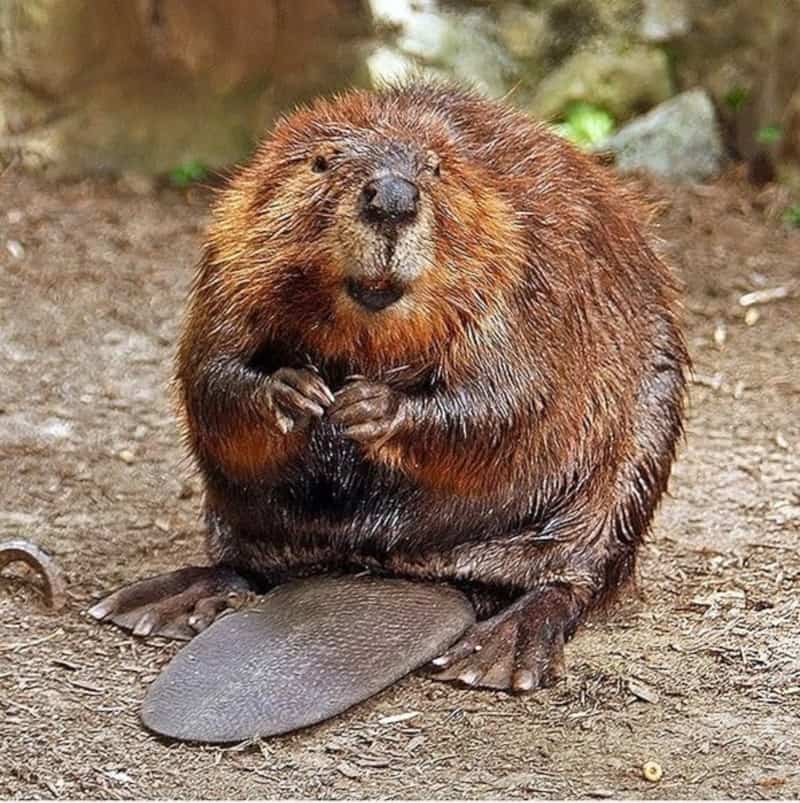
North American Beaver Facts
- This highly distinctive creation of Nature and evolution most often goes by the informative common name of the North American Beaver. Yet, it also has other, equally telling titles that it’s known by. These include American beaver, Canadian beaver, and common beaver.
- Within the scientific community, however, it’s perhaps marginally better known by its technical designation. Thankfully, that’s a relatively simple one for the layperson to pronouce, at least as such tags go. That’s because the marvel holds the formal epithet Castor canadensis.
- The unusual mammal received that particular moniker due to the efforts of Heinrich Kuhl. The highly respected German zoologist accomplished the first official recognition of it as a separate and distinct species. He achieved that scientifically noteworthy feat in the year 1820.
- This marvel represents one of only two extant species of beaver known to exist in the entire world. Confusion sometimes occurs, however, due to the existence of a distantly related rodent. That creature’s often called the “mountain beaver,” thus creating the confusion.
- It also represents the largest rodent on its continent, and competes with its relative in another region of the world for the status of third-largest on earth. That other attains a slightly larger size on average, but individuals of this one have greater known maximum sizes.
- Fortunately, the North American Beaver appears to be maintaining a population base that’s both stable and sufficient. That pleasant state also seems to hold across its entire range. The IUCN therefore presently lists the animal as Least Concern on its published Red List.
- It nevertheless should be considered as facing several potential threats to its continued existence as a species. Like all forms of life on earth today, most of these dangers stem from the actions of man. Chief among these perils stands habitat loss and ongoing climate change.
Related Articles


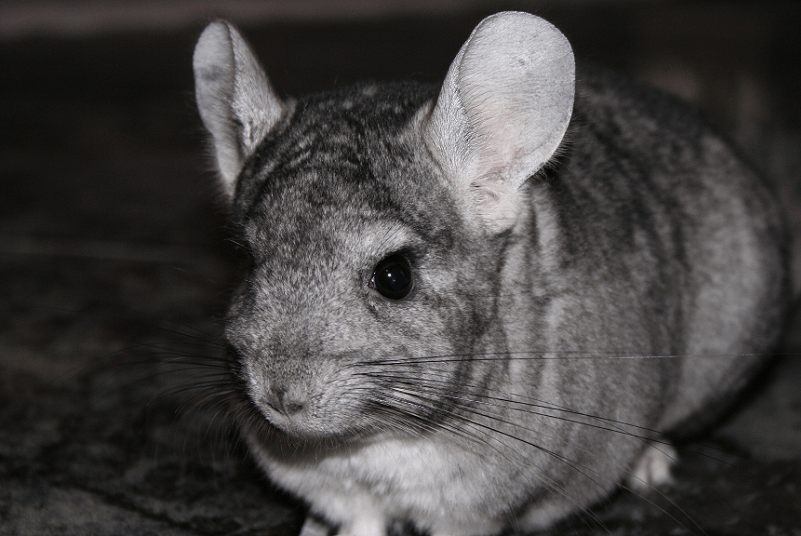
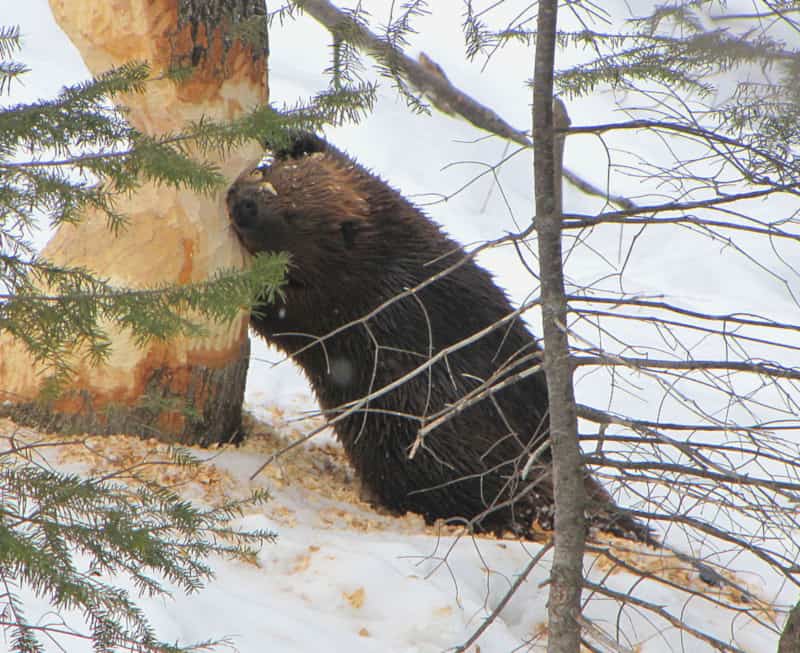
North American Beaver Physical Description
The captivating North American Beaver typically garners a great deal of attention from those people fortunate enough to encounter one in the wild. The rodent does so for a variety of reasons, though. That’s true since it’s both visually impressive and of a reasonably impressive physical stature.
Regarding its physical characteristics, however, it differs from a pattern common to most mammals. That’s due to the fact that it displays virtually no noticeable degree of the physiological trait known as sexual dimorphism. The two genders thus appear virtually identical to the observer.
Mature adults of both sexes of this intriguing animal attain weights that range from roughly 35 – 60 lb (16 – 27 kg). Exceptional specimens, though, occasionally exceed this mass significantly. These remarkable individuals sometimes actually attain masses totaling an amazing 90 lb (41 kg).
The length of the body itself also accordingly reaches truly eye-catching proportions. Depending on the individual specimen, this usually ranges from between 2.5 – 3 ft (0.75 – 0.9 m). It possesses short front limbs, with clawed hands, as well as longer hind limbs, equipped with webbed feet.
It also evolved relatively small eyes and ears, and remains well adapted for life in and around the water. The eyes have a transparent third eyelid, called a nictitating membrane, that provides protection and allows it to see underwater. The ears and nose also close tightly under the water.
The magnificent North American Beaver further has extremely dense, waterproof fur that’s generally dark brown to reddish-brown in color. That’s composed of both a soft, insulating undercoat and longer, coarse guard hairs. Long, sensitive whiskers also appear on the face of the charming animal.
Yet, it’s likely the aforementioned tail that most people consider to be its defining feature. This unique appendage developed as markedly broad, flat, and scaly. The short tail, though, adds a small amount to this. It usually measures about 10 – 18 in (25 – 45 cm) in length, and 6 in (15 cm) wide.
- Kingdom: Animalia
- Phylum: Chordata
- Class: Mammalia
- Order: Rodentia
- Family: Castoridae
- Genus: Castor
- Species: C. canadensis
North American Beaver Distribution, Habitat, and Ecology
The remarkable North American Beaver evolved as indigenous to a considerably large portion of the earth’s surface. Given its very name, though, the location of that precise zone of habitation isn’t going to surprise anyone. It’s native to many portions of the continent of North America.
Across that greater area, the creature lives within the great majority of the total landmass. To the north, it appears in all provinces and territories of Canada. From there, it lives throughout the contiguous United States, from coast to coast. Its range also extends into northern Mexico.
It displays an impressively high degree of adaptability regarding its choice of habitat. It’s therefore found in a wide range of habitats across its extensive distribution. Its choices show a close link to the availability of water and suitable building materials for both dam and lodge construction.
It typically lives in various freshwater environments, including rivers, streams, ponds, lakes, and wetlands. This amazing animal thrives in areas with slow-moving or still water where it can easily build dams and lodges. Wetlands also form ideal habitats, due to the abundant water and flora.
The rodent also prefers areas situated in close proximity to forests with supplies of trees and woody plants. It favors deciduous trees like willows, poplars, and birches, which it uses for food and building materials. But, it also appears in mixed forests, including deciduous and coniferous trees.
The settings adjacent to rivers and streams, known as riparian zones, naturally remain particularly important for the awesome animal. These areas provide both access to water and a variety of vegetation types, making them prime locations for dam-building and lodge construction.
The beautiful North American Beaver evolved as herbivorous nature. Throughout the warmer months of the year, its diet primarily consists of a wide variety of bark, leaves, and aquatic plants. In winter, however, the fabulous mammal mainly relies on food caches it previously stored underwater.
It ingeniously builds dams using sticks, mud, and rocks to create ponds. These serve to provide deep it with water where it builds its lodges and escapes from predators. It also makes these dome-shaped structures with the same materials, and with underwater entrances for protection.
The breeding season occurs in late winter, from the months of January to March. Mating takes place in the water, and the pair often remains together throughout the year, maintaining their territory and raising the young. A typical litter consists of 1 – 6 kits, with the average being 3 – 4 young.
The intriguing creature takes such intricate precautions for its safety because it faces predation from a wide variety of foes. It commonly faces this threat from such enemies as wolves, coyotes, bears, and large birds of prey. Younger individuals remain especially vulnerable in this specific regard.
Species Sharing Its Range

Bald Eagle
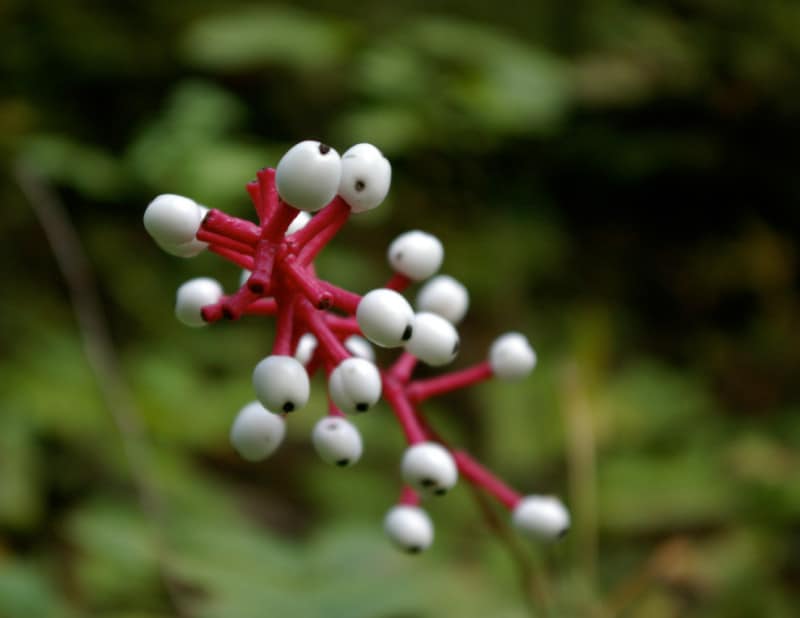
Doll’s Eye

Check out our other articles on 6 Mysterious Natural Phenomena, Hagfish, Milford Sound, Rainbow Grasshopper, Ascension Island Parsley Fern, Emperor Penguin, Alligator Snapping Turtle
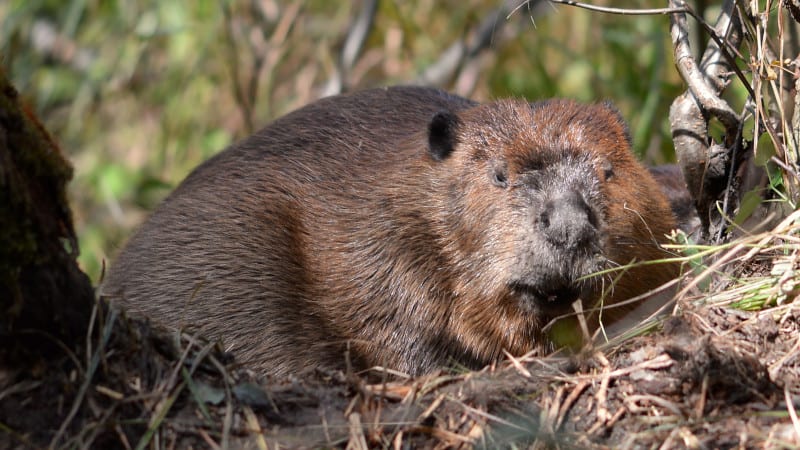









Leave a Reply